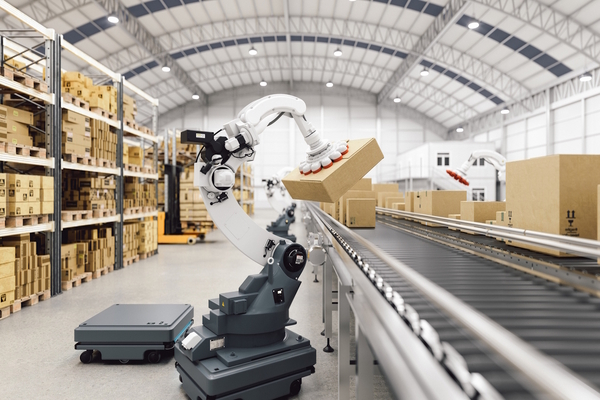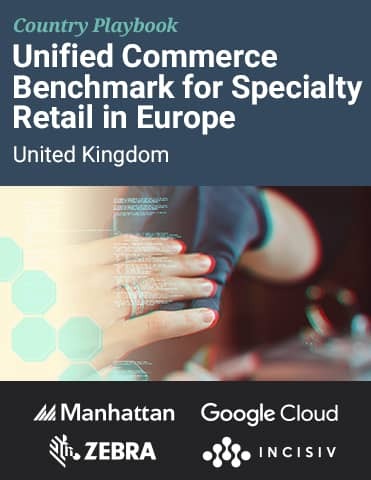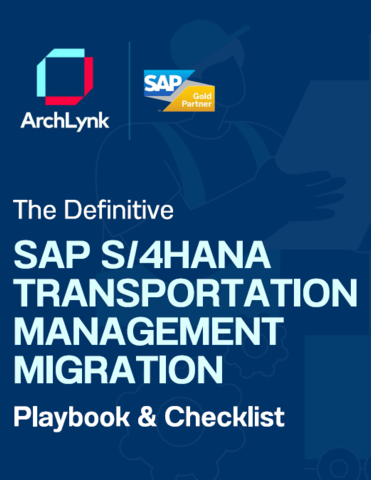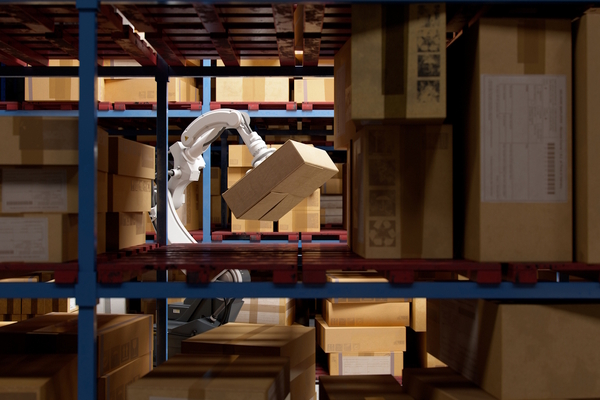The future of supply chains and the balancing act between technology and technique
Sponsored by Kinaxis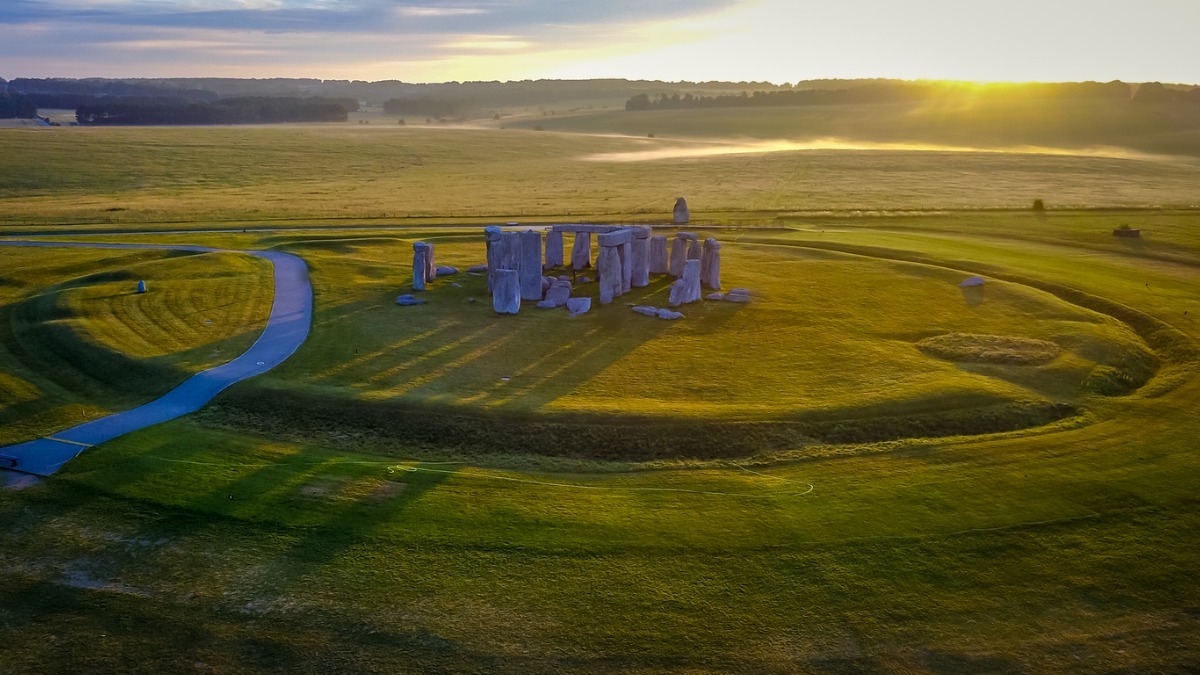
Anne Robinson, Chief Strategy Officer, Kinaxis
What Stonehenge can tell us about the future of supply chain
Stonehenge may be the world’s most famous prehistoric monument, but its stones are not the only aspect of this site that has endured. The mysteries involved in understanding this part of English history continue to fascinate, but in spite of what we still don’t know, when you view everything as a supply chain some aspects stand out and make for a colourful comparison. Four elements of its supply chain still matter today and will in the future. The planning involved was momentous, the sourcing strategy was global and innovative technology was used to make it. But it was humans who carried out the work and the reason why Stonehenge was built. Because past, present, and future, supply chains are human.
Stonehenge is the final “product”, but the amount of planning involved was massive. It had to be designed, materials had to be sourced and hundreds of people were managed to construct it – imagine the production planning and scheduling needed alone. Supply chain planning remains an extensive activity, because while technology shows promise to automate some planning, we are a long way from a fully autonomous supply chain.
Recent archaeological research has shed new light on sourcing for Stonehenge, because novel analysis techniques suggest that the smaller stones were sourced “abroad” – 180 miles away in Wales. Theories abound as to how the stones were moved over those distances before the invention of the wheel. All other European Neolithic sites chose materials within 10 miles, so how and why Stonehenge’s designers sourced from so far away remains a mystery, but clearly, they had good reasons. Reshoring is a hot topic these days, but today’s global supply chains also have a good reason for their complexity, such as rare raw materials, lower labour costs and specialised local expertise. As long as the benefits remain significant and the risks tolerable, global sourcing will continue.
Innovative technologies were employed to build Stonehenge in shaping the stones and engineering joints to erect them, using techniques not seen in any other location. Much innovation today is from artificial intelligence and machine learning (AI/ML), which can augment human intelligence to automate mundane tasks like managing thousands of lead times. Investment in these capabilities is a major driver behind digital transformation, so technology’s role in supply chains shows no signs of abating.
We don’t know why Stonehenge was built, but whatever the purpose, the “customer” concern was if it served that purpose effectively and not how it was built. Similarly, the best measure of a supply chain is customers that are delighted with the product and companies that are profiting from it. And as much as things have changed (thank goodness for the wheel!), the need for good planning, the complexity of sourcing and the incorporation of new technologies are enduring elements. But perhaps the greatest continuity of all, although the one most in question today, is the role of humans.
In spite of the popularity of the vision of a touchless supply chain, the human role in the supply chain will be as enduring as Stonehenge. Some scholars argue Stonehenge was built as a solar calendar. While today’s weather forecasts have far greater precision, progress in AI/ML even allows us to incorporate “signals” like weather into our demand forecasts to increase their accuracy. AI/ML can find these predictive patterns in huge amounts of data but still lack context, collaboration, and conscience. For these attributes, we need humans.
Context. Researchers are uncovering new information about Stonehenge, but there are still big gaps in our understanding, just as there are in today’s supply chains. Neither novel archaeological methods nor AI/ML can derive meaning from context, a capability unique to humans. A Neolithic human would easily be able to explain why Stonehenge was built, just as today’s supply chain planner can turn numbers into stories, illustrating the importance of domain expertise.
Collaboration. Building Stonehenge took hundreds of people, who had to collaborate across all their functional areas to plan, source and make the monument. Even today, maths can yield insights into relationships between data elements but cannot build relationships between people. Human collaboration is likely to grow in importance, as the future will call for even more unique partnerships in a broader supply chain ecosystem, including coopetition.
Conscience. Stonehenge was likely built for some kind of ritual (theories exist for burial, worship, or healing), serving the human need for purpose, meaning, and ethics. This is a third area AI/ML doesn’t understand, because humans separate right from wrong with conscience, which machines lack. When a supply chain has to go on allocation, it is human judgement that must decide the fairest way to distribute the goods. While we humans can steer supply chains into trafficking in conflict minerals, exploiting human labour or despoiling the planet, it is also human conscience that sounds the clarion call for change.
Even as automation is on the increase for the machines that make the products we need, humans still operate machine automation. And AI/ML provides invaluable machine intelligence, but we still need human intelligence to operate the models while bringing context, collaboration and conscience to our supply chains. Because supply chains are human – built by us and for us, from prehistory into the future.
Article written by Polly Mitchell-Guthrie, VP Industry Outreach & Thought Leadership, Kinaxis

Business Reporter Team
Most Viewed
23-29 Hendon Lane, London, N3 1RT
23-29 Hendon Lane, London, N3 1RT
020 8349 4363
© 2024, Lyonsdown Limited. Business Reporter® is a registered trademark of Lyonsdown Ltd. VAT registration number: 830519543
Join the Business Reporter community today and get access to all our newsletters, and our full library of talk show episodes
Join the Business Reporter community today and get access to all our newsletters, and our full library of talk show episodes

